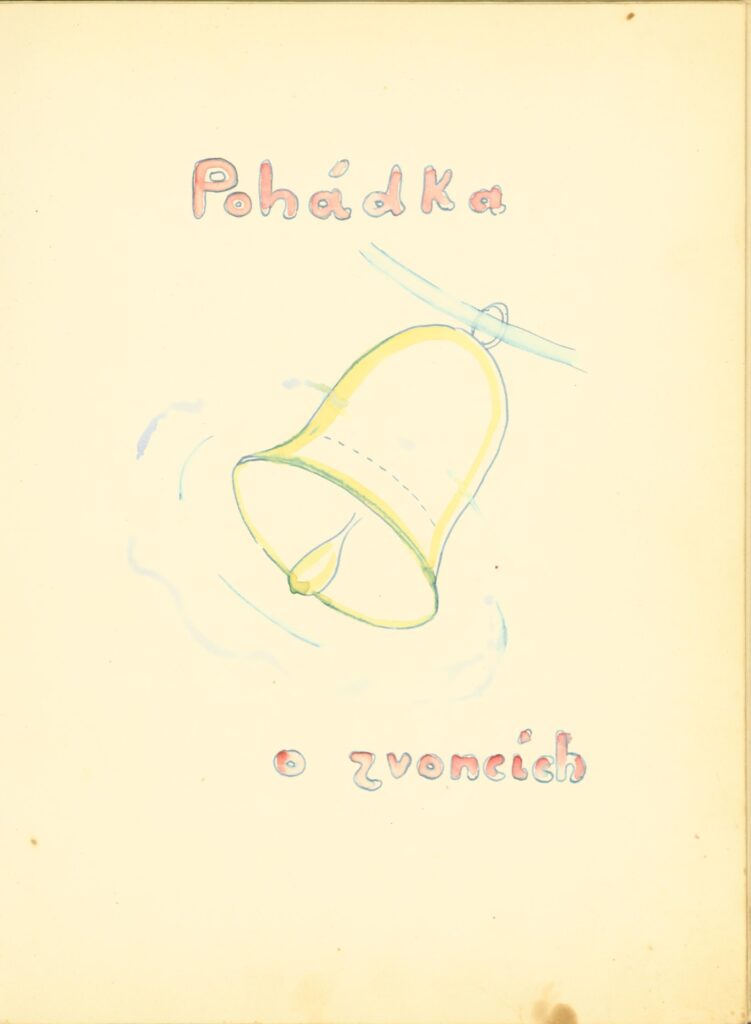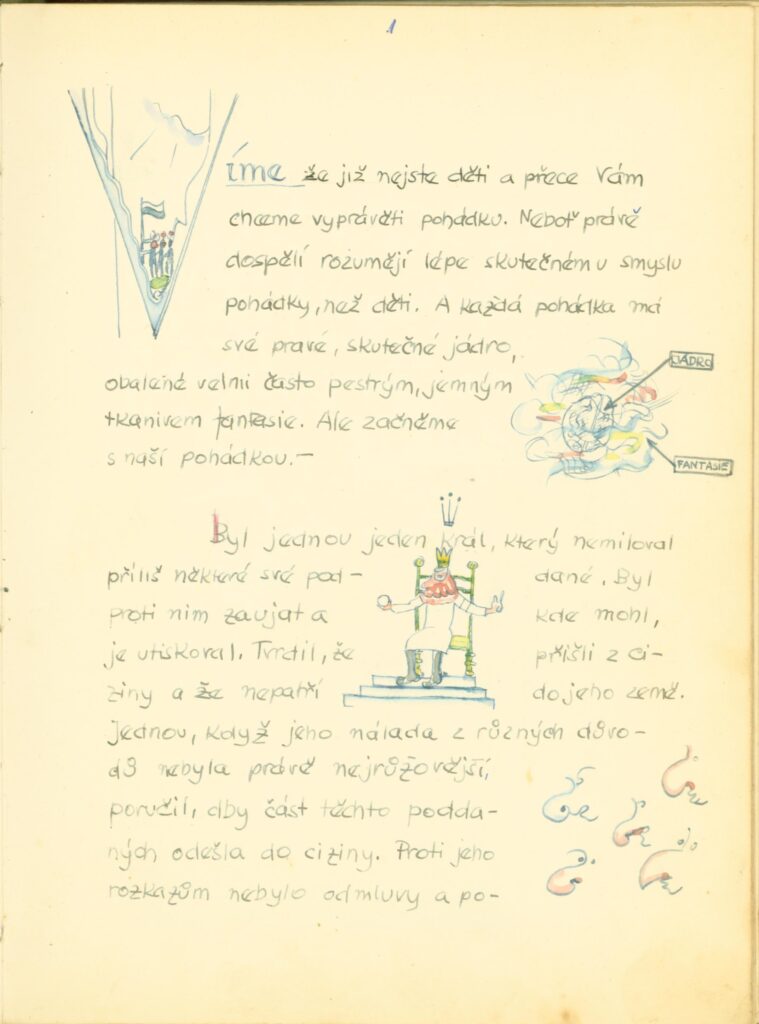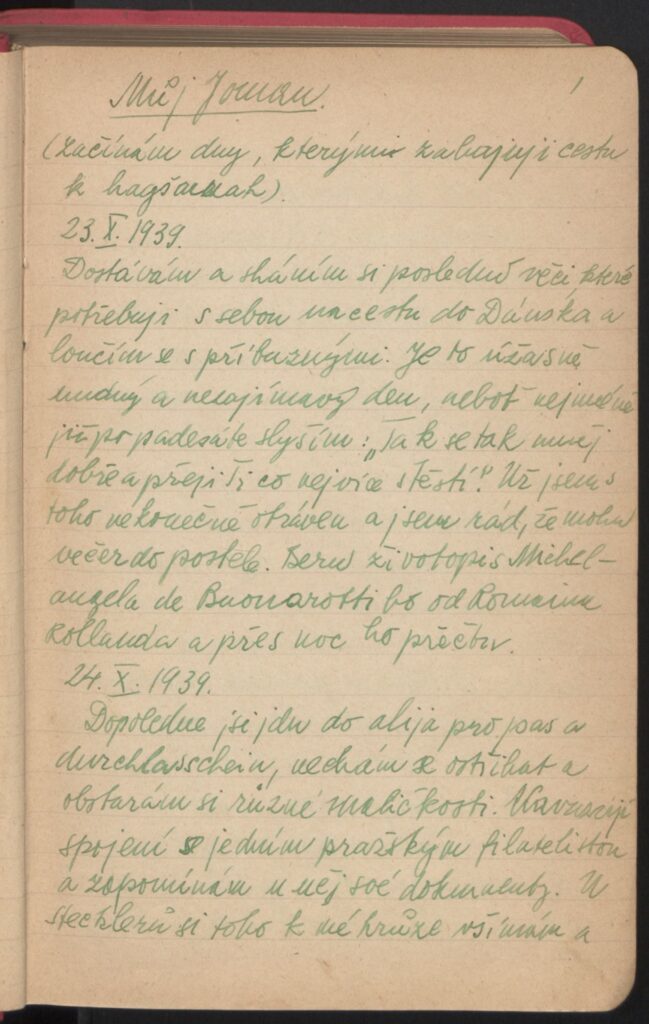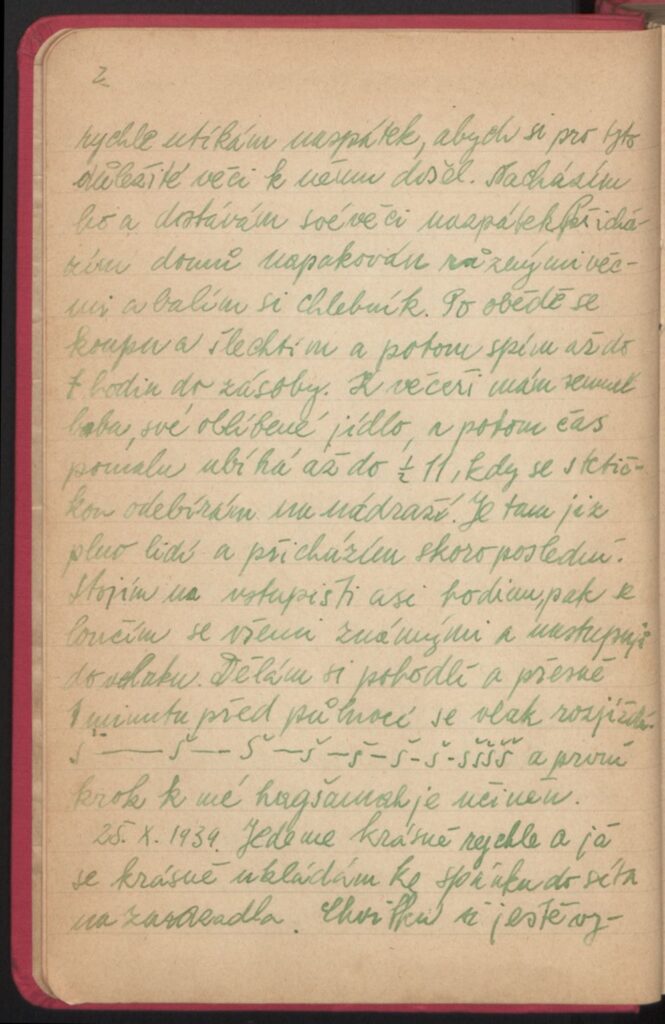Two new workshops have been added to the range of activities for school groups attending educational seminars at the Terezín Memorial. These are, respectively, A Story of Help and a Chapter from the Terezín Ghetto and A Gift for Tommie.
The workshop called A Story of Help and a Chapter from the Terezín Ghetto offers pupils and students two stories from the time of the persecution of the Jewish population by Nazi Germany. The first one is about young people aged 14 to 16 who attended the Aliyah re-education course in the Protectorate of Bohemia and Moravia. This training provided both theoretical and practical preparation for living and working in Palestine. However, instead of going to Palestine a group of several dozen young people headed to Denmark in the fall of 1939.
During the workshop, students follow the traces of these youngsters and discover how their lives developed differently after leaving the Protectorate. This narrative is based on the research carried out by journalist Judita Matyášová, who brought this story to public notice in the Czech Republic after publishing her findings in the book “Friendship despite Hitler”, which appeared in Prague in 2013.
The second part of the seminar is dedicated to the stories of people who were deported from Denmark to the Terezín Ghetto in 1943-1944. During that stage, participants work with websites designed by undergraduates of the University of Southern Denmark in Odense under the guidance of Professor Therkel Straede. The website contains what are called mental – emotional maps compiled by the undergraduates, based on the testimonies of former Ghetto inmates. At the end of the workshop, its attendees learn about the life of the former prisoners after the war and their return to normal life, which was far from easy.
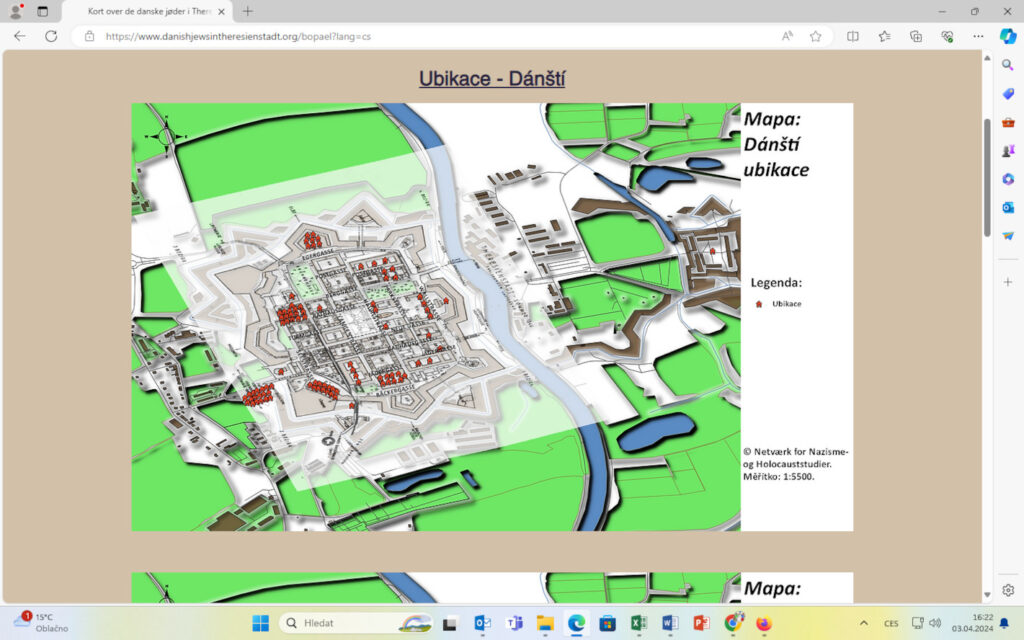
The shorter course entitled A Gift for Tommie is designed for younger pupils aged 11 to 14. Children work with pictures made by painter and caricaturist Bedřich Fritta in the Terezín Ghetto for his young son Tomáš on his 3rd birthday.
This is intended to get the pupils talking about the possible meaning of Fritta’s pictures, what they say about the life of a little boy in the Ghetto, and about the life of a little boy in general.
Finally, the children are instructed to consider what these drawings might have meant to adult Tomáš after the war. They discuss the importance of such family heirlooms for people in general, and their human value. The participants also pay attention to the fates of many survivors who returned home from the camps after the war all alone. In many cases they had no mementos from their parents and ancestors to remember them by.
Naděžda Seifertová

